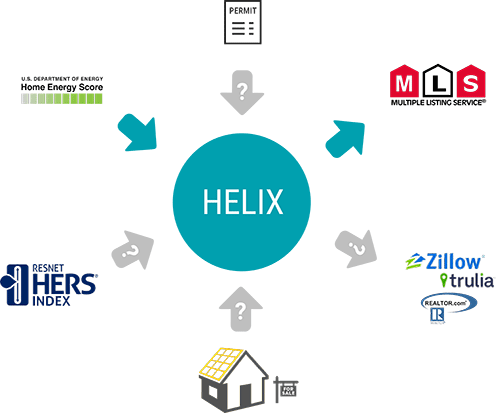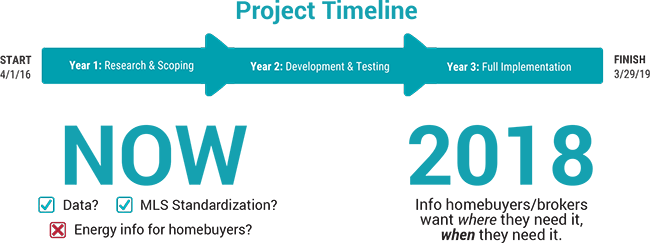
By Anonymous (not verified) | Tue, March 14, 17
Recent college grads and young adults beware, the rental/home buying process can be a difficult one - unless you’ve got some guidance. Sure, finally moving out of your parents’ house, and living with some of your best friends can be a wonderful experience, but actually looking for a home is where the real challenge lies.
As a first-time renter, let me be the first to tell you that this process can be extremely time consuming, very costly, and tremendously complicated. It is imperative that first-time home buyers/renters take their time and consider each and every detail before selecting a home to rent or purchase.
Patience is a Virtue
Despite how stressful the process of home buying can be, patience and careful thought can make this experience quite enjoyable. When looking at properties, it is important that a complete analysis of factors is considered. During the home search, priority may be given to location of the property, neighboring community, or condition of the property. These are all fine questions, but they only tell half of the story. One important factor that is rarely thought about during the home-searching process is potential cost to power your home. We rarely remember to consider estimated utility cost in this process.
Energy Costs?
First-time buyers/renters are given very little to no information on energy costs, despite the fact it is the highest cost of home maintenance. On average, energy costs are higher than either property tax or insurance for U.S. homes at $2,506 per year. The rental fee or price of the home may be affordable, but the costs required to make your home “livable” could be immense, especially for individuals just entering the marketplace. It’s important to know these costs. Recently, NEEP has begun development of a regional database, slated to be released in 2018, that will be able to change that.
HELIX Project
The Home Energy Labeling Information eXchange (HELIX) will be a northeast regional database capable of compiling home energy information from several sources and auto populating real estate listings with this information. With this database, home buyers/renters will get to know their expected energy use and their estimated energy cost before purchase. The HELIX project will provide an easy-to-use, publicly accessible database of consistent and correct home energy information.

How can it help you?
By knowing your home energy information, HELIX will allow you many benefits. Knowing how much you may have to spend on energy costs gives you the flexibility to decide whether you’re able to meet those expenses, and even perhaps allow you room to decide exactly how you could change your spending habits in order to make them more affordable. With access to home energy information, you’ll see data that will improve your quality of life. Energy efficiency improves quality of life by bringing financial relief, joy, and in-home comfort.
For instance, imagine you are decorating your home and you find a couch you really want to buy but are not able to afford because of how much you spend each month on electricity. If you knew, before you moved in, how much you were expected to pay for electricity, you might search for a home with a smaller electricity footprint or researched ways to cut down on your electricity usage in order to save money with the goal of puchasing that couch.
Knowledge is Power
Knowing how much you would have to spend each month on energy costs can be an important factor in your home search, allowing you freedom to focus on the actual move. Having energy information influences new home owners/renters into making smart energy decisions. So when looking to buy/rent for the very first time remember to take your time and consider all factors.Your home search process will be much more enjoyable.

The HELIX project has been made possible by the U.S. Department of Energy, Vermont Public Service Department, Massachusetts Department of Energy Resources, Energize Connecticut, and continued input from stakeholders from across the Northeast region and beyond.
